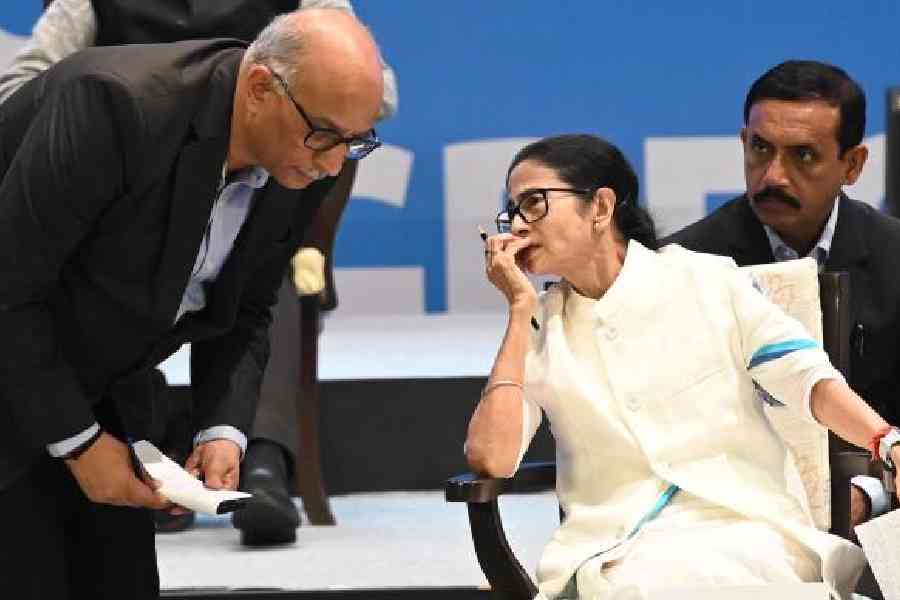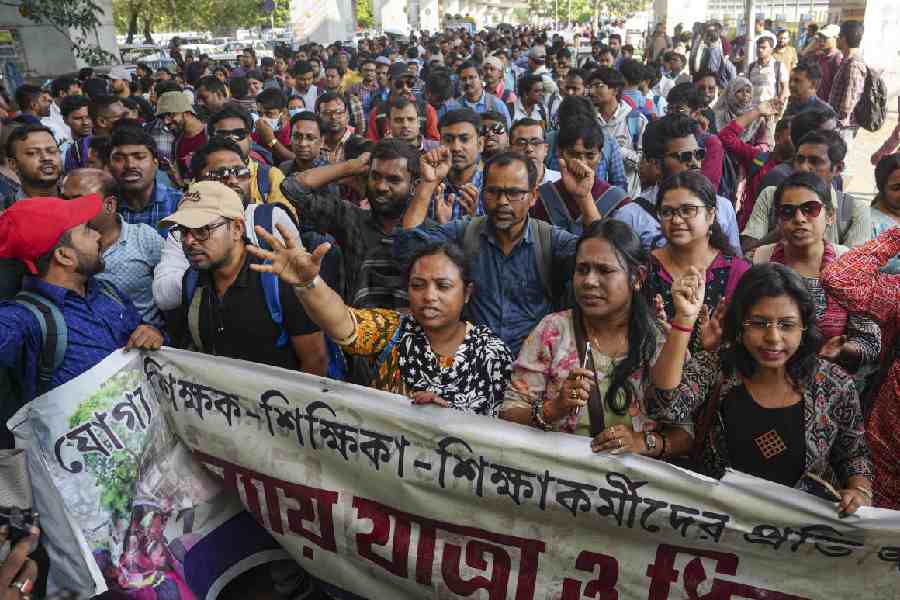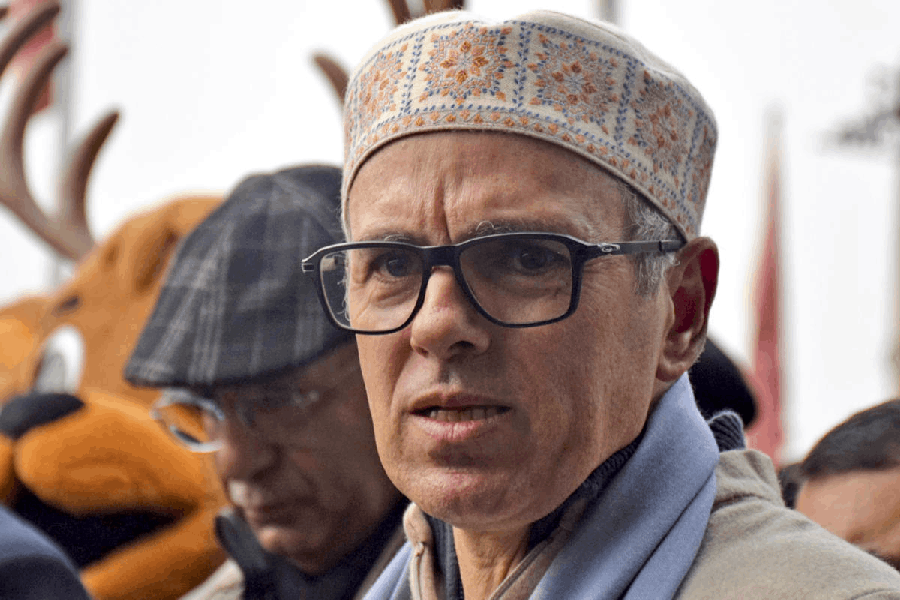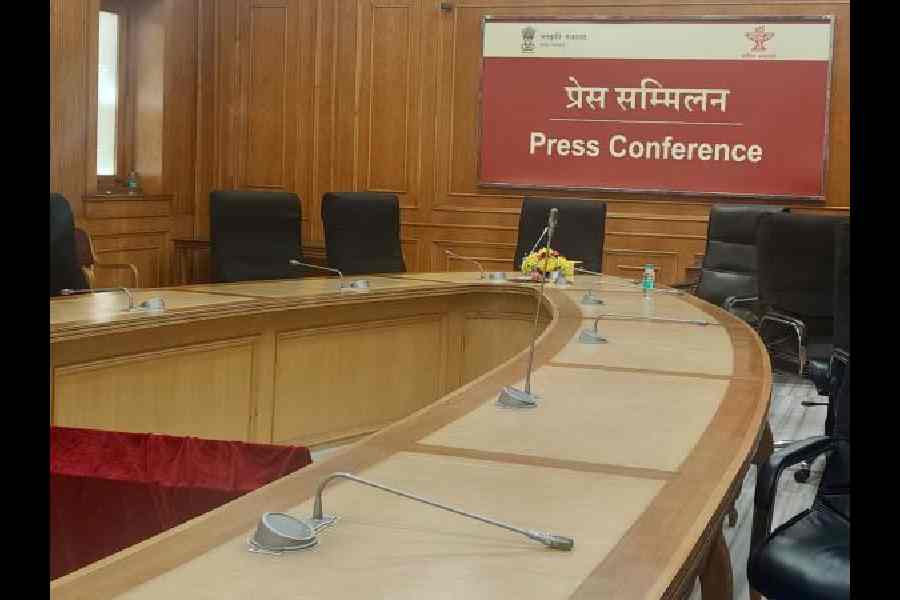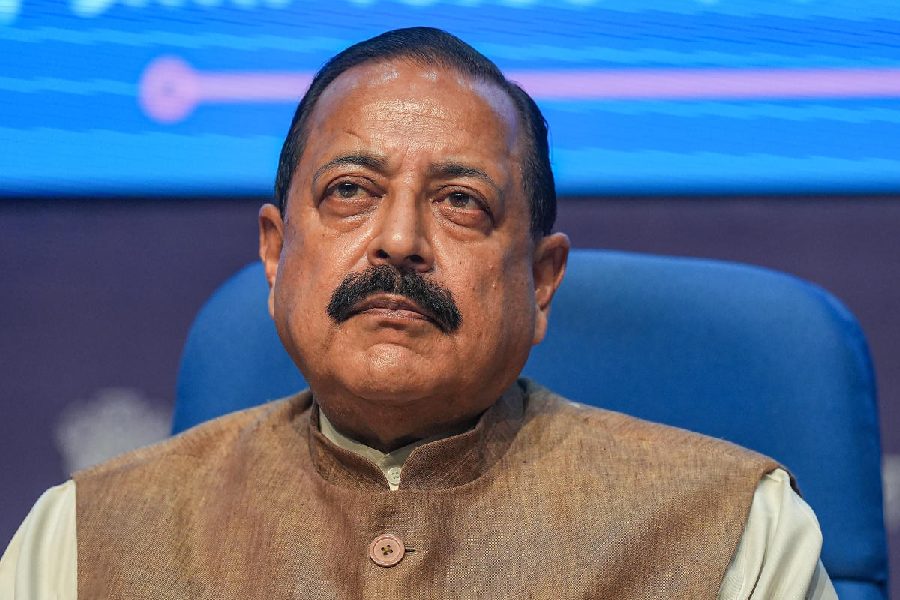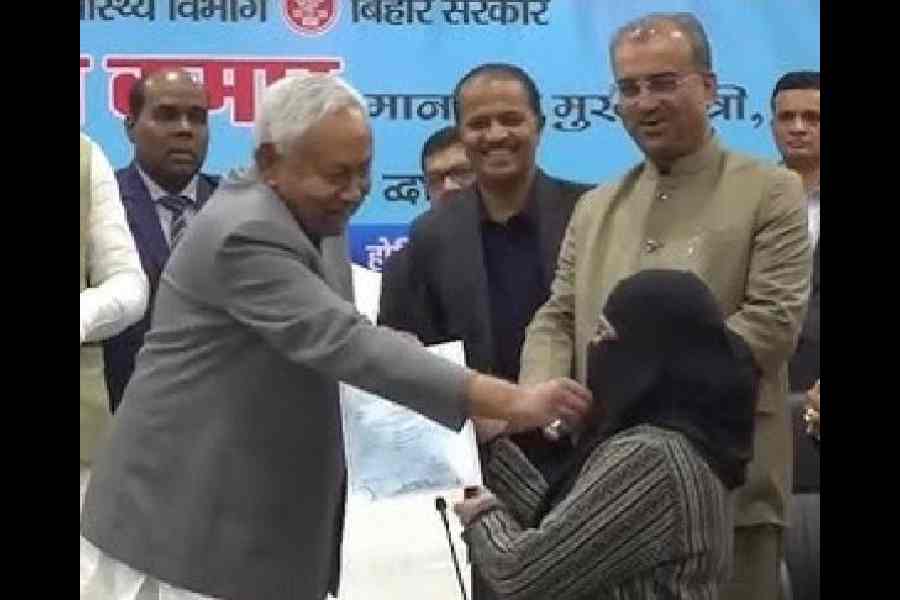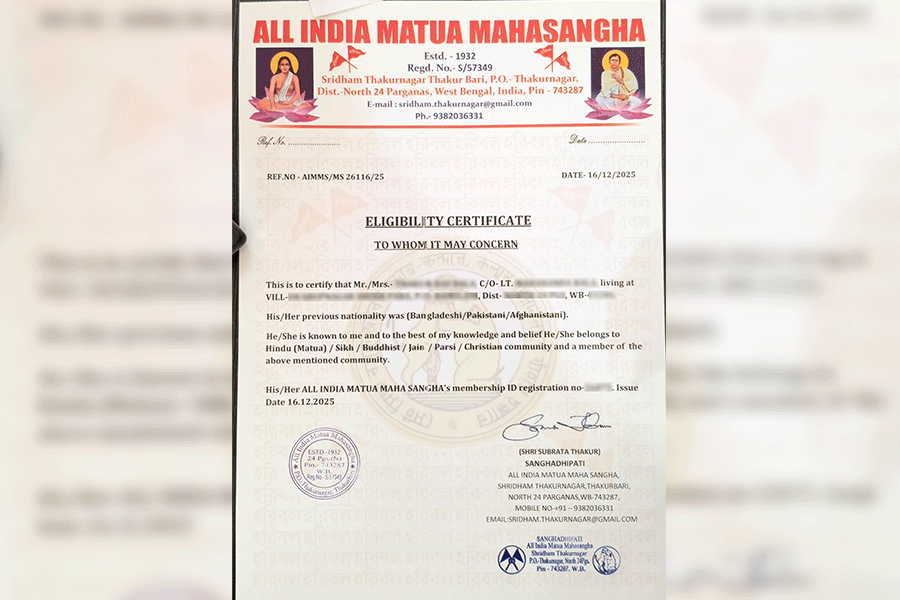 |
| Ashok Banker is the oldest hand at the mythology game and he’s continuing on a publishing spree that started in the 1990s Pix: Gajanan Dudhalkar |
It is an epic tale that criss-crosses the globe all the way from India to Iceland. A team of Indian youngsters from Gurgaon battle evil with an Icelandic flavour. Thrown in for good measure in The Book of Guardians: Fang of Summoning is Vasuki, known in Indian mythology as the serpent king and Edasich, the orange star representing evil, which features extensively in Norse legends. The first in the Fang of Summoning trilogy, it was launched last September and the next book is scheduled for launch around Christmas.
 |
| Amish Tripathy’s Immortals of Meluha is based on the premise that Shiva was a mortal and has sold 80,000 copies |
Turn the page to Immortals of Meluha, which is based on the premise that Shiva was a real man and not a god. The story takes place in Meluha, a mythical land and it follows Shiva’s larger-than-mortal-sized adventures. The book made it to the national bestseller list for three weeks soon after it was published by Westland last February.
India has a mythological base that’s second to none. But the huge repertoire of myths has never been harnessed in a big way in Indian fiction. In fact, revisiting the tales of Panchatantra or the battle of Kurukshetra was always limited to comics or Doordarshan.
 |
| Inspired by the spectacular landscapes of Rajasthan, David Hair decided to write a series of four books based loosely on the Ramayana |
 |
 |
Now, a number of talented writers are delving into India’s vast storehouse of myths and turning out fictional tales based on them. “As kids, we’ve grown up reading authors like JRR Tolkien. But there’s never been serious fiction based on our mythologies,” says Giti Chandra, author of The Book of Guardians: Fang of Summoning.
Take a look at Ashwin Sanghi who recently released Chanakya’s Chant — a contemporary political thriller with a mythological base about a modern-day Chanakya, who chants the Shakti mantra to become powerful. Sanghi’s earlier book, The Rozabal Line, takes as its point of departure the myth that Jesus is buried in Kashmir — in a shrine called Roza Bal. “A younger crop of authors are writing commercial fiction, and are also reinterpreting mythology in a certain way,” says Sanghi.
Or look at Devdutt Pattanaik, the author of books like The Pregnant King and Jaya: An Illustrated Retelling of the Mahabharata. This is a retelling of the Mahabharata in a slightly different way because unlike the original epic, it takes into account all the folktales based on the Mahabharata that are prevalent across different Indian communities.
The old hand at the game is Ashok Banker who is still on a publishing spree that started in the 1990s. The 47-year-old author has recently published The Slayer of Kamsa, a dramatic retelling of the life of Lord Krishna and the first of an eight-book series, Krishna Coriolis. Other fresh releases include Ten Kings, a battle epic based on the Dasarajna war.
Even international authors are penning books based on Indian myths. Take David Hair, who now lives in New Zealand after spending three years in India from 2007 to 2010. Inspired by the spectacular landscapes of Rajasthan, Hair decided to write a series of four books, involving the Ramayana. “The reasoning that myths are a combination of history, allegory and religion was what I applied to the Return of Ravana series,” says Hair.
The first book of the series, Pyre of Queens, was released last September and tells the story of an evil-sorcerer king attempting to be reborn as Ravana. The narrative flits between 8th-century Mandore (an ancient town north of Jodhpur) and modern-day Jodhpur.
Hair has followed it up with his second book, Swayamvara, released in February. Says the writer: “As the series continues, the plot-lines draw increasingly from the Ramayana and from events in Indian history.”
 |
| Giti Chandra makes her debut in fiction with a story that draws heavily from Indian and Norse legends |
On the other hand, Ramsay Wood — once a photographer, magazine publisher and importer — has retold the stories of the Panchatantra, in his book Kalila and Dimna: The Panchatantra Retold Book One, published in early 2010 (Wood’s first Kalila and Dimna volume appeared in 1980). Wood says: “My aim was to share a symphony of glorious animal stories that, for over 2,000 years, have travelled the world in the oral or literary traditions.”
Currently, Wood is looking forward to the publication of his next book, Kalila and Dimna: Fables of Conflict and Intrigue (UK title) this summer in England. He’s also penning another volume, Kalila and Dimna: The Panchatantra Retold Book Two (working title) and hopes to have it published soon.
 |
| Ashwin Sanghi’s Chanakya’s Chant is a political thriller with mythological elements |
 |
 |
The rising sales are indicative of the increasing popularity of this genre. Immortals of Meluha has sold about 80,000 copies within less than a year of being published and The Slayer of Kamsa by HarperCollins India is also doing well. Says Saugata Mukherjee, managing editor and rights manager, HarperCollins India: “The idea of doing a series around Krishna interested me because it’s akin to recreating the most important character in Indian mythology as a super hero of modern times!”
And 2011 promises a heavy dose of mythic fiction. Says Ravi Singh, editor-in-chief, Penguin: “Our culture is a rich source of inspiration to good writers. And this is a great trend, since it makes for great reading.”
Penguin India will be publishing Banker’s Mba Series — an enriched translation of the Mahabharata in 10 volumes — from 2012 onwards. And Amish Tripathy’s second of the Immortals of Meluha trilogy is due to be published in mid-2011. Says the 36-year-old writer: “I’m also writing books based on the Ramayana and Mahabharata, along with an interpretation of Manu’s teachings.”
Another book that is eagerly awaited is Alice Albinia’s Leela’s Book — scheduled for publication in May 2011. Set largely in Delhi, this intriguing follow-up book of The Empires of the Indus revolves around a group of people and the drama that unfolds in their lives — presided over by Ganesh, the elephantine scribe of the Mahabharata.
Of course, this type of writing requires a vast amount of research. So while Pattanaik’s reading of the original mythical texts, translations and commentaries goes back 15 years, Hair read the English editions of the Ramayana and also spoke to Indian friends for their views on the epic.
Banker’s approach is quite simple: “I read every available source and reference work on the epics available. Then I go to the original Sanskrit text, translate it word by word and later compare my translation to every other major translation available. I use my conclusions as the basis to retell the tale instinctively, seeking out the inner spirit of the tale and characters.”
And Sanghi’s research ranged from reading up numerous non-fiction writings that argued that Jesus is buried in Roza Bal, to researching the Arthashastra for his latest book, Chanakya’s Chant.
Indian mythology is vast and varied and, as yet, only a handful of books have come out. It’s a safe bet that many more will be on their way in the not-too-distant future.


